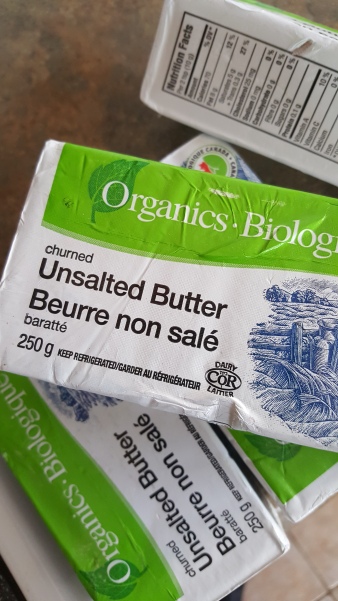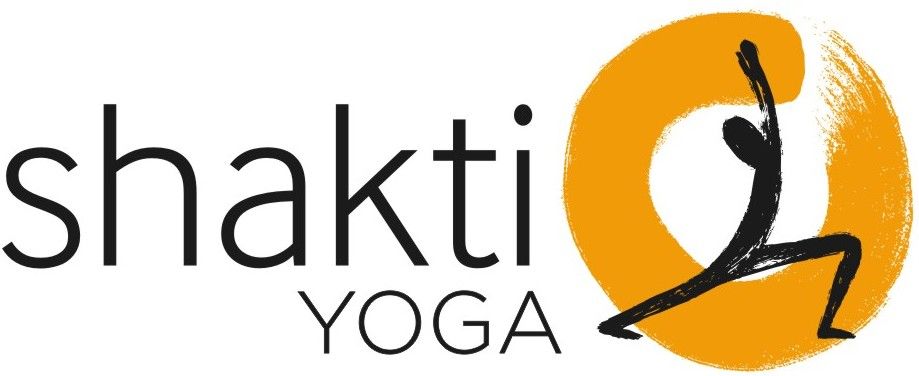How to Make Ghee (Clarified Butter)
 I was introduced to ghee when my mother and I were on our first Indian backpacking trip. Mom had some scratches on her legs that were getting sorer and more worrisome by the week. We were staying at an ashram and the morning prayers had just been done with a purifying fire ritual. When our teacher saw my mother’s legs he exclaimed, “That has to be treated now!” He promptly pulled some burnt, ghee-soaked, coals out of the ceremonial fire ashes, ground them between his fingers, and explained that the holy healing properties of ghee, further purified by fire and morning prayers, would be the most powerful remedy possible. We were doubtful, but had already tried all of our travel pharmaceuticals, and so she rubbed this black, greasy powder all over her angry wounds. As you are probably by now expecting, the cuts promptly healed and disappeared. It was only later that we learned, in addition to being an integral part of traditional Indian healing practices, ghee is also an Indian cooking staple.
I was introduced to ghee when my mother and I were on our first Indian backpacking trip. Mom had some scratches on her legs that were getting sorer and more worrisome by the week. We were staying at an ashram and the morning prayers had just been done with a purifying fire ritual. When our teacher saw my mother’s legs he exclaimed, “That has to be treated now!” He promptly pulled some burnt, ghee-soaked, coals out of the ceremonial fire ashes, ground them between his fingers, and explained that the holy healing properties of ghee, further purified by fire and morning prayers, would be the most powerful remedy possible. We were doubtful, but had already tried all of our travel pharmaceuticals, and so she rubbed this black, greasy powder all over her angry wounds. As you are probably by now expecting, the cuts promptly healed and disappeared. It was only later that we learned, in addition to being an integral part of traditional Indian healing practices, ghee is also an Indian cooking staple.
Ghee is clarified butter. It is heated carefully until the milk solids separate and is then strained into a translucent yellow oil that has a yummy, buttery, slightly-nutty flavor. Ghee has a very high smoke point, making it an ideal cooking oil because you can cook it at a higher temperature than many other oils without losing its health benefits. It is also rich in fat-soluble vitamins such as A, D and E.
Ghee can be bought in supermarkets but is very easy to make at home. I love the buttery smell it makes in my kitchen, as well as the satisfaction of pouring the glistening finished product into mason jars. While many are intimidated by the idea of making their own ghee it is actually a pretty simple process. Just follow the steps below to make this tasty health elixir and cooking oil.
You Will Need:
- A medium size sauce pan (with a heavy bottom if possible)
- A stirring spoon
- A fine sieve
- Enough cheesecloth to form several layers
- A large measuring cup with a pouring spout (optional)
- 454g (4 cups) of unsalted butter (organic if available)
Instructions:
- Cut the butter into cubes.
- Melt the butter on Medium heat in the sauce pan.
- When it begins to bubble excitedly
turn heat to medium-low. - The ghee will slowly bubble more
quickly, the bubbles will get bigger and bigger, and eventually you will see the milk solids separating and floating to the top. Depending on the quality of your pot you may need to stir occasionally. - Eventually the milk solids will sink to the bottom and a
white layer will form on the top. When you separate this top white layer yo u will be able to see all the way to the bottom of the pot. The ghee will have become translucent.
u will be able to see all the way to the bottom of the pot. The ghee will have become translucent. - Continue to cook until a second energetic boiling begins. The bubbles will start again as clear small bubbles, as originally seen on the first boil. At this point the ghee is ready to be removed from heat.
- Arrange the cheese cloth in many layers in your sieve and place over a large measuring cup, or another pot.
- Pour the ghee through the cheese cloth to leave just the clear translucent ghee in the receiving pot.
- Pour into mason jars and leave only lightly covered at room temperature until it cools. It will take a day or so before the ghee solidifies.
- You can keep this is your cupboard for a few months or store in the refrigerator for longer.

